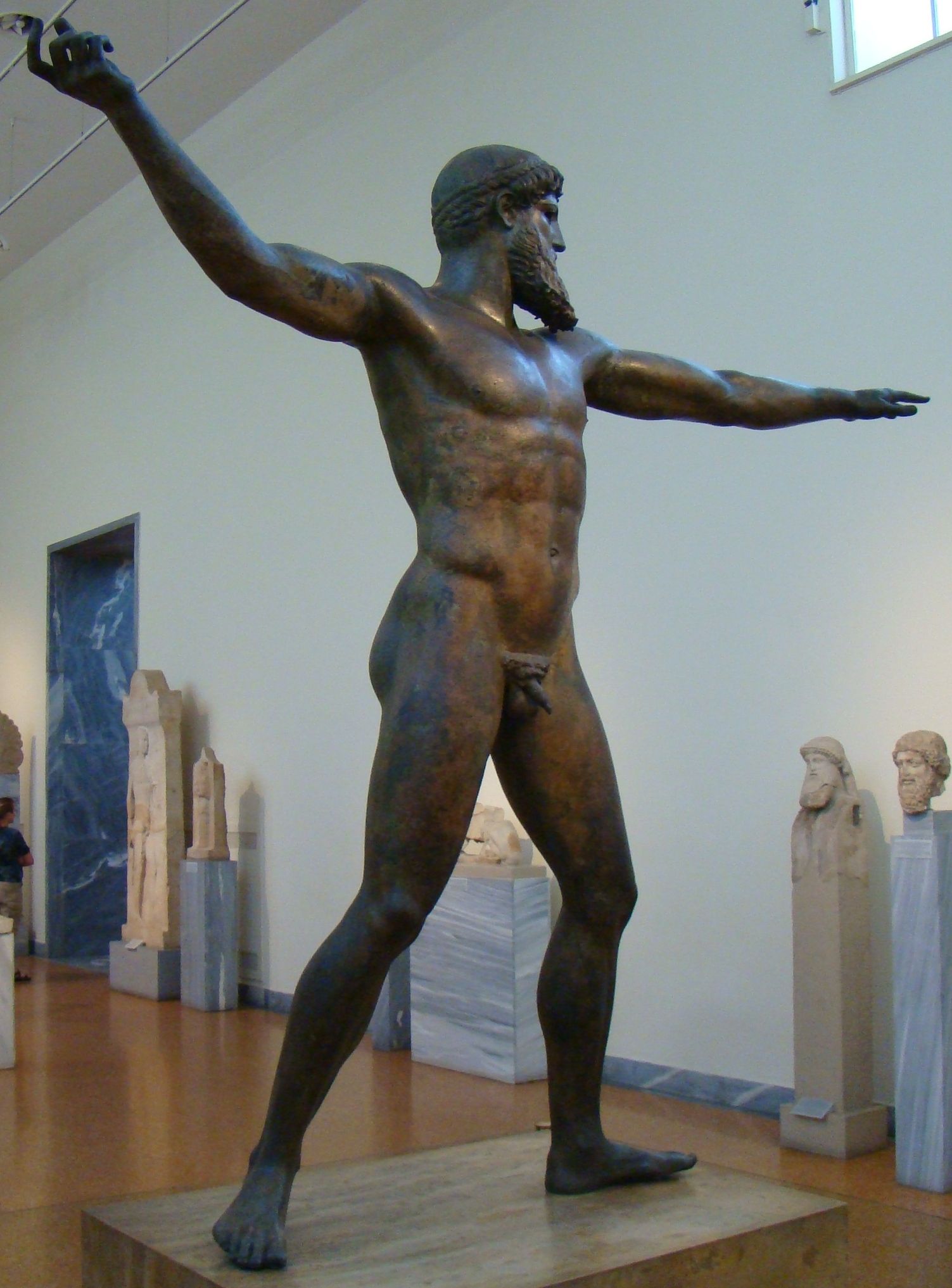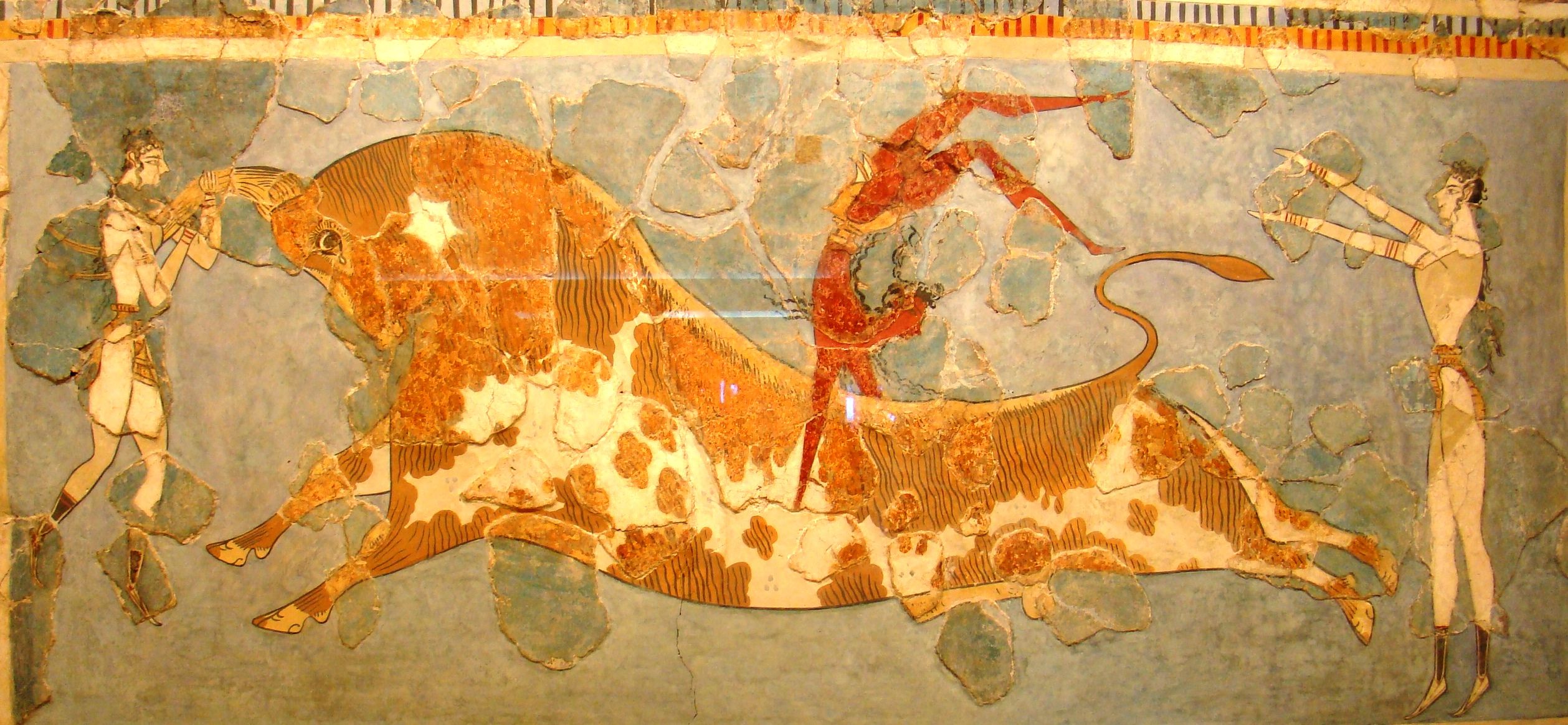I have always been fascinated by Greek mythology from the time my mother first read me some of the myths to reading Jason and the Golden Fleece in 4th grade and on to studying ancient Greek and Roman history in college. As was the last blog about Crete on December 14, 2014, this entry is from my book, Voice of a Voyage: Rediscovering the World During a Ten-year Circumnavigation , Chapter 11, The Eastern Mediterranean: Thousand-page Stories, the section entitled “Eastern Greece: Identity Through Memory.” For the purpose of my blogs I have removed the endnotes that appear in my book. I wrote in that last Cretan blog about Knossos, where Sir Arthur Evans was able in 1899 to actually purchase the site and was the archeologist and prime motivator in defining what he named the Minoan culture, which thrived from 1900-1300 BCE.
His reasons were based on Greek mythology, and Greece being the land of myths, of the many-page stories of the Trojan War and its aftermath in The Iliad and The Odyssey. What is striking about the early Greek pantheon is their likeness to mankind: Zeus and all his affairs; Hera, the jealous and vengeful wife. They take sides in the affairs of men and argue among themselves. Certainly they have their magic too: their ability to change shape, to appear and disappear, but as concerned as the people might be to please these gods, they were more real than an almighty unknown. Edith Hamilton, the late well-known classicist, called it “A humanized world [where] men were freed from the paralyzing fear of an omnipotent unknown.” These wonderfully rich stories are often based on a real event and real people.
Zeus: Very much man-like (although many men might want to be Zeus-like).
The Minoan myth is such an example. In summary, Androgeus, the son of King Minos of Crete, was visiting the King of Athens, Aegeus, who inhospitably sent the youth out to kill a dangerous bull, but the bull killed Androgeus. Needless to say, Minos was quite angry, conquered Athens, and demanded that every nine years they send seven maidens and seven youth for sacrifice to the Minotaur, half man, half bull. The Minotaur was confined in an extreme labyrinth. It was Theseus who killed the Minotaur, but that is another story.
Evans’ reason for naming this the Minoan world had to do with the bull theme. He had found many artifacts and art remnants related to the bull including the famous bull leaping. There really was a powerful king on Crete named Minos, whom Homer wrote about, but whether or not some of this myth is based on that king, is not known.
The bull-leaping fresco from Knossos in the Heraklion Archaeological Museum.
Such stories enlarge the concept of “travel,” and create a broader adventure in one’s life of learning. If you’re new to my travel blog, I recommend that you go back and sample several of the earlier blogs from so many places around the world. Enjoy! And please feel free to leave a comment about some of your favorite and interesting travel experiences.


